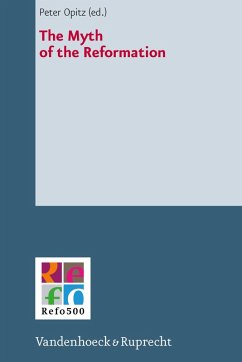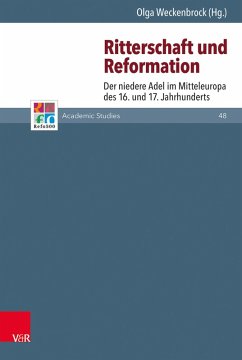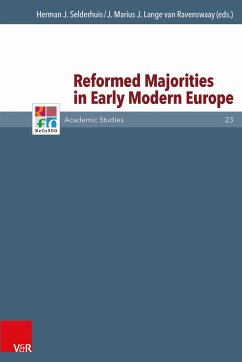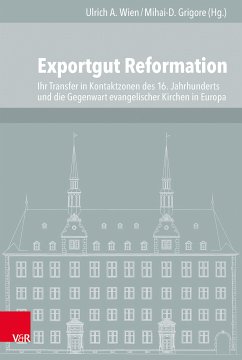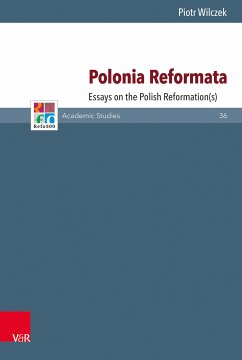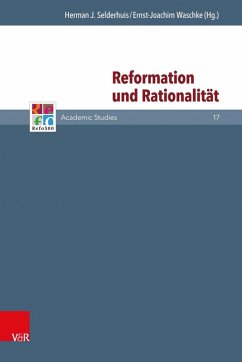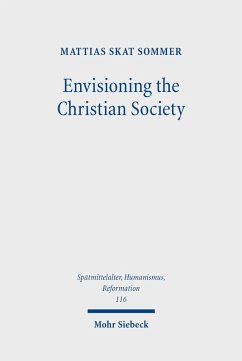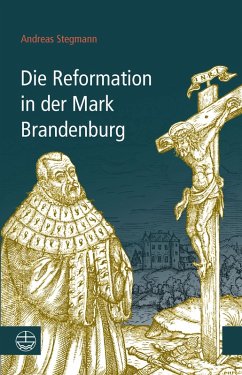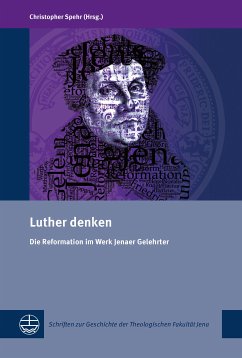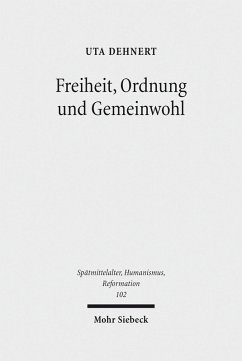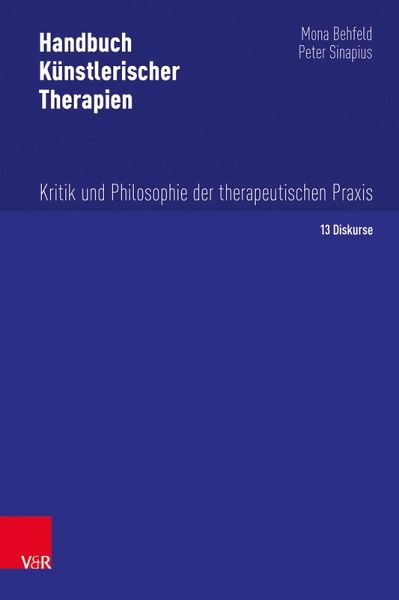
Jerome Zanchi (1516-90) and the Analysis of Reformed Scholastic Christology (eBook, PDF)
Versandkostenfrei!
Sofort per Download lieferbar
Statt: 95,00 €**
89,00 €
inkl. MwSt. und vom Verlag festgesetzt.
**Preis der gedruckten Ausgabe (Gebundenes Buch)
Alle Infos zum eBook verschenkenWeitere Ausgaben:

PAYBACK Punkte
0 °P sammeln!
Stefan Lindholm examines the Christology of Jerome Zanchi (1516-90), a leading 16th century reformed scholastic theologian. The study as a whole is bound together by doctrinal topics, themes and trajectories important to the 16th century, Christological debates as well as by philosophical issues and arguments. The first part is concerned with research in reformed scholasticism and Christological method, the second part with the hypostatic union and the third part with the consequences of the union.
Dieser Download kann aus rechtlichen Gründen nur mit Rechnungsadresse in A, B, BG, CY, CZ, D, DK, EW, E, FIN, F, GR, H, IRL, I, LT, L, LR, M, NL, PL, P, R, S, SLO, SK ausgeliefert werden.




